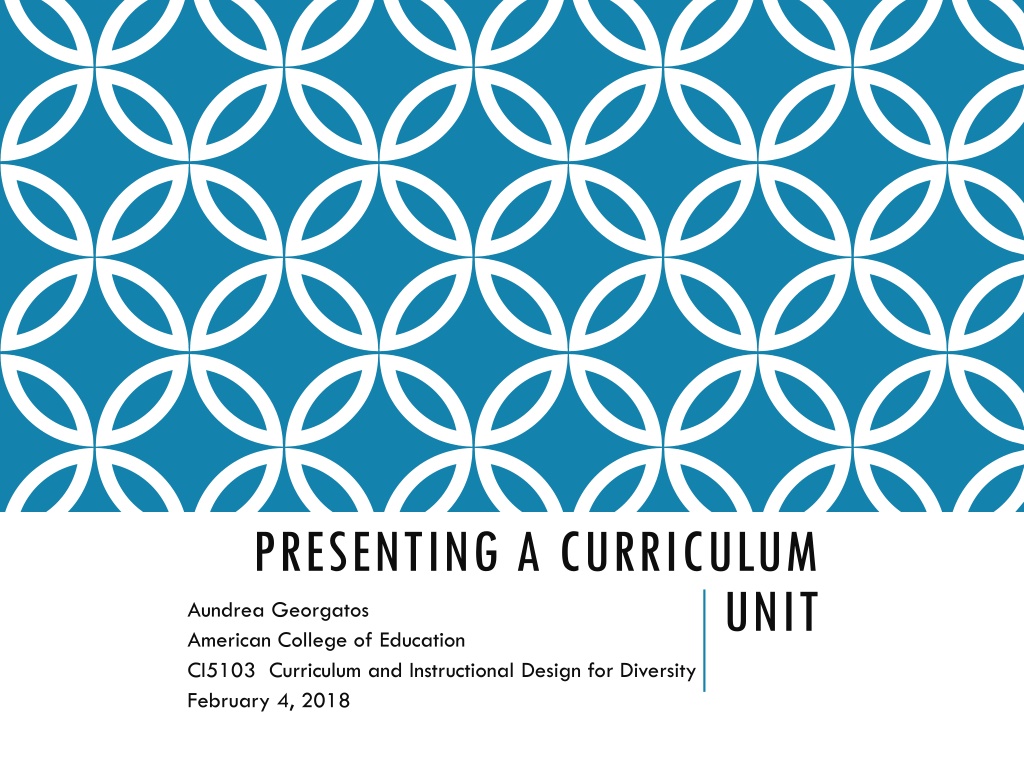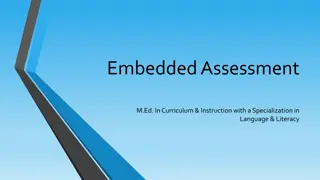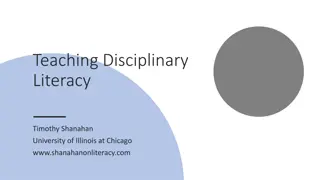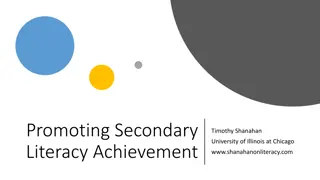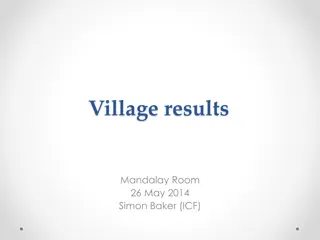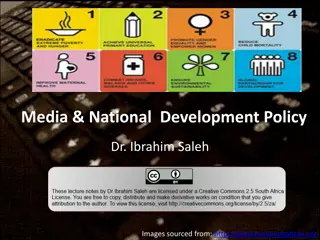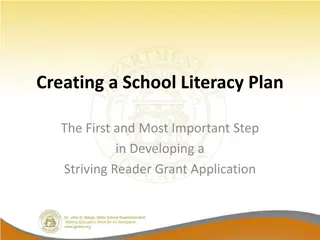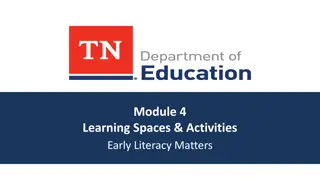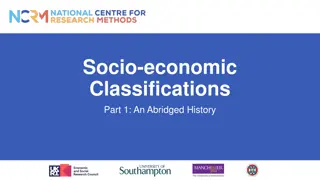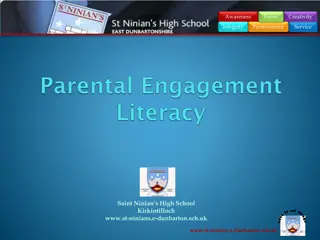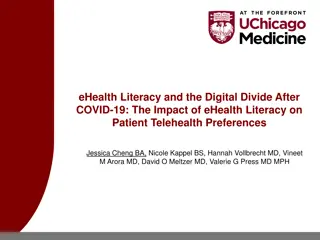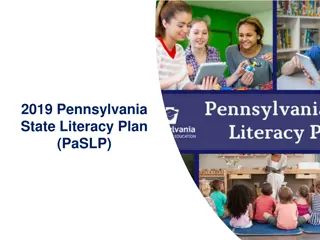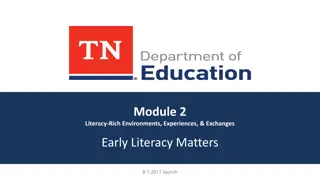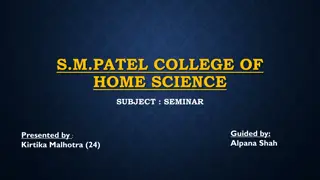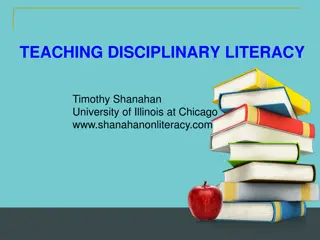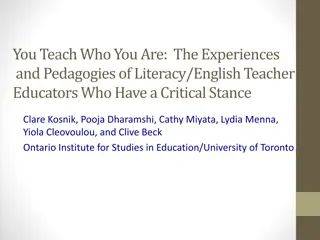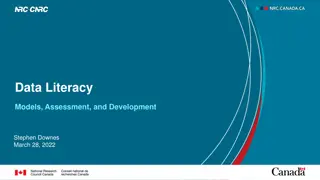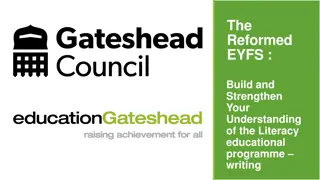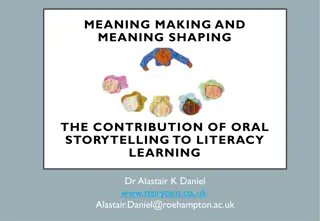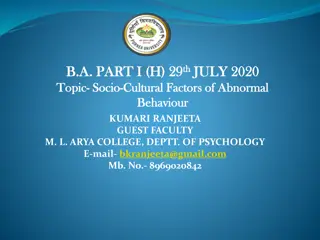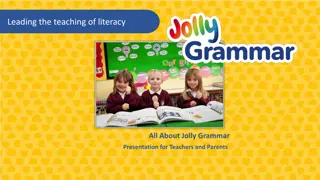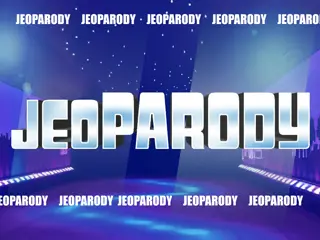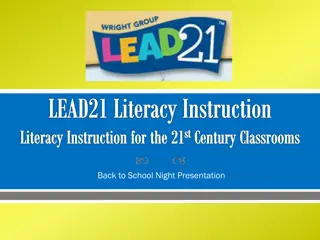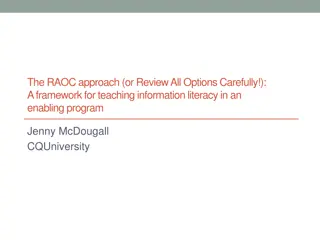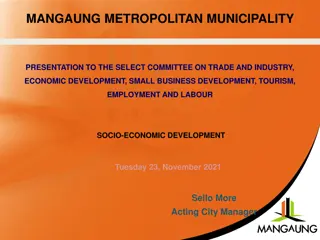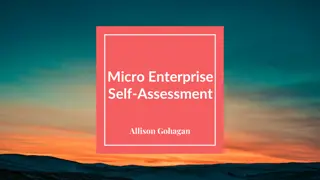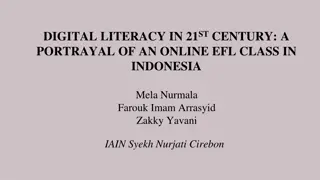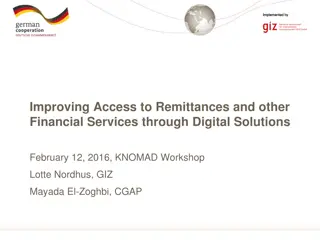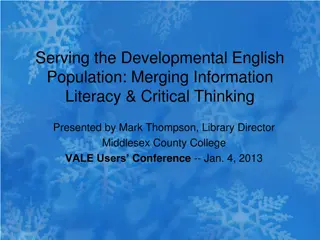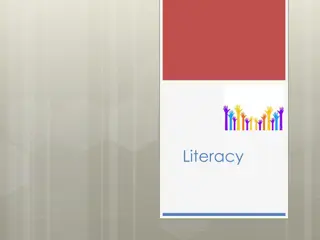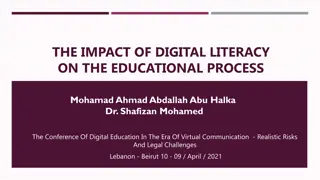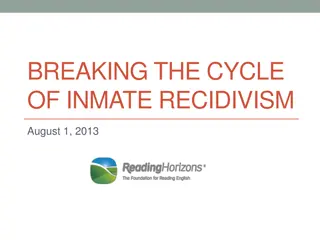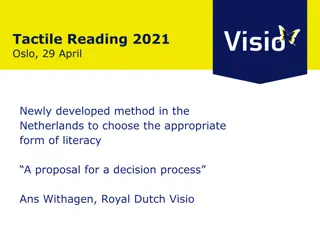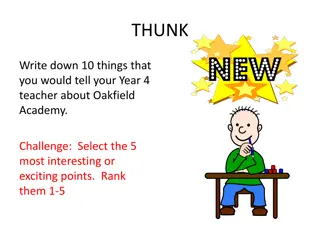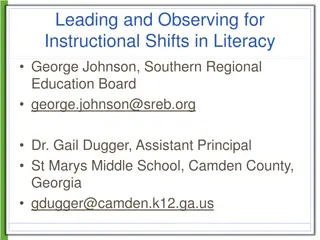Enhancing Literacy Skills for Students from Low Socio-Economic Backgrounds
This curriculum unit aims to address the specific needs of students from low socio-economic backgrounds who require additional support to improve their literacy skills. By involving parents in the school-to-home curriculum, students are provided with resources and activities to enhance reading, comprehension, and writing abilities. The unit focuses on meeting Grade 3 Common Core Standards and objectives to ensure students develop essential literacy skills effectively.
Download Presentation

Please find below an Image/Link to download the presentation.
The content on the website is provided AS IS for your information and personal use only. It may not be sold, licensed, or shared on other websites without obtaining consent from the author. Download presentation by click this link. If you encounter any issues during the download, it is possible that the publisher has removed the file from their server.
E N D
Presentation Transcript
PRESENTING A CURRICULUM Aundrea Georgatos American College of Education CI5103 Curriculum and Instructional Design for Diversity February 4, 2018 UNIT
TARGET GROUP OF STUDENTS This plan intends to meet the requirements and essential needs specifically of students from low socio-economic statuses. These students require both basic and additional support at home in order to expand upon their literacy skills Research shows that students from low socio-economic homes grow at a slower academic rate compared to their peers from different socio- economic backgrounds. This is because low socio-economic families usually do not have the financial means to offer their children adequate academic support (Morgan, Farkas, Hillemeier, & Maczuga, 2009). A school-to-home addition of the curriculum offers families an abundance resources and supplies they can utilize within the home.
GRADE 3 CCS STANDARDS 1. CCSS.ELA-LITERACY.SL.3.2 Determine the main ideas and supporting details of a text read aloud or information presented in diverse media and formats, including visually, quantitatively, and orally. 2. CCSS.ELA-LITERACY.RF.3.4 Read with sufficient accuracy and fluency to support comprehension. 3. CCSS.ELA-LITERACY.W.3.3 Write narratives to develop real or imagined experiences or events using effective technique, descriptive details, and clear event sequences.
OBJECTIVES The school-to-home addition of this plan is an continuing effort to increase and build upon any given students literacy abilities These efforts can not be considered ample until the student is reading at a level without any support. At the completion of this unit, students should be able to Objective 1: Identify the main idea and supportive details in order to review the text. Objective 2: Respond to text using evidence show comprehension skills. Objective 3: Create a writing prompt in reply to text at hand.
ACTIVITY #1 Weekly reading materials for the families will be given out on Mondays for parents to implement at home. This means, parents are expected to read aloud to the student as well as have the student read independently. There is a balance. Parents and/or guardians will make it a point to sporadically to converse about significant ideas while asking/answering questions to be sure of comprehension. The texts students are expected to respond to will vary. They will include both narrative and informational texts. Bloom s Taxonomy: Understanding Resources and Materials: Leveled readers will be sent home as well as reading logs. Parents will be expected to sign off on 15 minutes of reading per night on account of their child. If the parent is not available, a guardian will suffice. The parent/guardian is then expected to complete a written component on a weekly basis, 4 per month, that assess the students comprehension abilities. Research-Based Methods: Students from socio-economic status must be provided with texts that equal to their leveled reading and theoretical levels because according to Ivey (2000..
ACTIVITY #2 Students will be exposed The Reading Rockets, Get Ready to Read, and ABCya websites. These sites are perfect for downloading materials that can assist a struggling student as well as providing them with engaging games to play. All of these sources make learning fun! If a student does not have access to a computer at home, the school can issue the student a Chromebook if deemed necessary. Bloom s Taxonomy: Applying Resources and materials: Computer, tablet, or school-issued laptop to access the following websites: http://www.getreadytoread.org http://www.readingrockets.org/audience/parents http://www.abcya.com/ Research-Based Methods: Internet or computer-based learning activities make reading more enjoyable and motivate readers to partake in their own process of learning (Park, 2016).
ACTIVITY #3 Nightly, the student sit down and do timed in writing prompt in response to the text he/she read. Responses may contain a summaries, or connections they ve made while including descriptive details to add spice to their writing. Bloom s Taxonomy: Creating/analyzing Resources and materials: A small sand timer will be sent home to every student. This is meant for timed practice writing prompts. The student will also be given with a notebook for timed writing tasks to respond to texts that they ve read. Parents may even include a list of questions that they reviewed with their children to assess comprehension. Research-Based Methods: Power writing is a technique for constructing writing fluency through brief, timed writing tasks (Fearn & Farnan, 2001).
REFERENCES Fearn, L., & Farnan, N. (2001). Interactions: Teaching writing and the language arts. Boston, MA: Houghton Mifflin. Ivey, G. (2000). Redesigning reading instruction. Educational Leadership, 58(1), 42-45. Morgan, P. L., Farkas, G., Hillemeier, M. M., & Maczuga, S. (2009). Risk factors for learning-related behavior problems at 24 months of age: Population-based estimates. Journal of Abnormal Child Psychology, 37, 401-413. Park, H., & Kim, D, (2016). English language learners' strategies for reading computer-based texts at home and in school. CALICO Journal, 33(3), 380-409. doi:10.1558/cj.v33i3.26552
